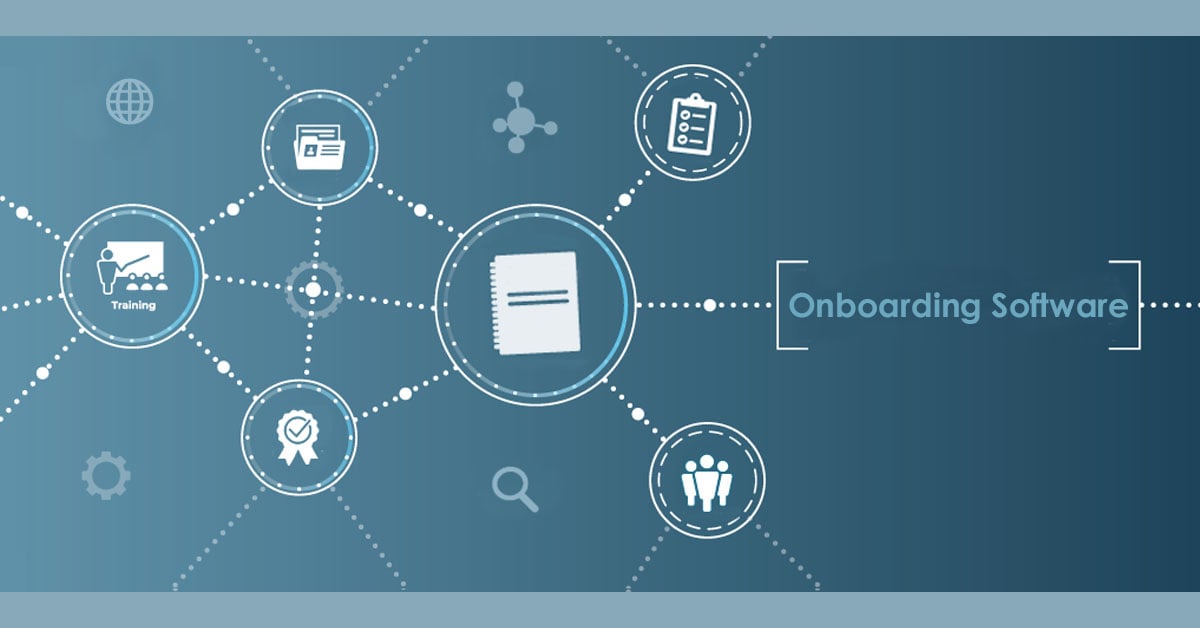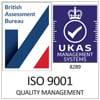You’ve spent valuable time and maybe even formed a task force to research and find the best recruitment software to streamline your workflows and automate the recruiting process.
The new recruitment technology holds the promise of boosted productivity and faster time to hire. But there’s a problem. Your recruiters don’t seem to be embracing the technology and therefore it isn’t returning the expected ROI.
One of the most frustrating things we hear in the recruitment software industry is, “I’ve invested in this software, but my staff aren’t using it.”
Why don’t recruiters embrace new technology?
Change can be challenging, especially in times like these where we’ve had to make so many adjustments to adapt to life in times of a global pandemic. “Sometimes it can be tricky to gain user adoption as there will always be a group of people who may resist the change, often because they have become comfortable or been successful using the old method and so they don’t see the benefit of changing,” DaXtra Enterprise Practice Lead, David Mercer, said in a recent UK Recruiter webinar. From a recruiter’s point of view, a new solution can be problematic if they’re already used to doing things a certain way.
Another challenge the staffing industry faces is a large turnover in staff. In our recent eBook, Building Your Tech Stack, we look at this issue “This is an industry with a high level of attrition. New staff will have varying levels of technology awareness, competence, and knowledge.” We can’t assume everyone will be at the same level of knowledge. Often recruiters learn the software, then leave and a new group of recruiters come in and may not have a grasp of particular software.
Whatever the case, the goal should be to help people make the transition of using the new software by communicating to them the benefits to be gained and providing a solid plan of steady and ongoing education.
Setting a precedent to ensure recruiters use the software
Sometimes the old idiom, “You can lead a horse to water, but you can’t make it drink,” rings true. You may know which tools will work best for your company, and provide them to your employees. But it takes willingness on the part of individuals to embrace the product for it to be a success.
To stay on top of new automation tools that can put your organization ahead of the competition requires a plan, with full commitment to carrying the plan through.
Planning for new technology integration:
- Choose or appoint a champion who will learn the software and be a liaison between your company and your tech provider
- Create and distribute internal communications spelling out your plan of investing in the new software and the benefits it will bring, not only to the business but to them as users
- Set expectations and stick to them by setting new KPIs if necessary
- Form a support network where knowledge, ideas, and tricks are shared
- Implement scheduled training – not only onboarding but ongoing education and support
1 Team lead
Onboarding and training efforts need a champion or two, no matter how small your business is. Someone may stand out or be the obvious choice. But choosing team leaders may require careful consideration.
Appoint leaders who can act as a liaison between your business and the software provider. They will coordinate and schedule all onboarding and training efforts to ensure that initial training is a success and will plan ongoing training to onboard new users and keep others current on software updates or new features.
2 Communications
Clear and specific internal communications are an important step of the process because they give the people who will be using the software an indication of what is to come and what they should expect. Start with an explanation as to why you have decided to invest in the software. Help them understand that this is meant to benefit them in doing their jobs. It should make their lives easier, not more complicated. Providing a timeline is also important.
The more awareness about the process, the easier the transition. There is nothing worse than springing new software on the people who are expected to use it. That’s a sure-fire way to encounter resistance.
3 Expectations
Set expectations from the onset. With the pandemic and remote working, we’ve all learned the importance of genuine and thorough communications especially those revolving around expectations. To get the most from your new software, you need carefully chosen champions who have a good rapport with both outside vendors and internal staff. Also required are people who are excited about using the new software and know they are expected to use it. Make communications clear and follow up.
Set employees up for success. Incentivize or gamify usage with recognition and awards. KPIs can be set around usage as well.
4 Support teams
One important thing that can be done to help recruiters embrace new technology is to form an internal team to share information. A successful team involves input from each member, so place value on every idea brought forward. Establish trust, communications, and sharing. Delegate duties and tasks and encourage setting team values and goals.
Since every company uses technology in a different way on a different system or platform, the best education comes from within that company. Someone learns a good way to do something and this is shared. An internal team or support network is the best way to learn and stay on top of new software and its uses within a specific agency or company.
5 Ongoing training
And finally, plan for scheduled training beyond the initial software rollout. This is the key to the success of your new software.
In his article about software onboarding, Service Delivery Manager EMEA and training expert, Peter Roberts says, “The overall objective of ongoing training is for the recruiter to feel so comfortable and confident in their automated recruitment processes that they become second nature. This way the recruiter can focus on what really matters: attracting a strong stable of clients and placing the best candidates.”
Ongoing education is important because technology is complex and often there might be more than one way to do the same thing. There are also shortcuts to learn and other intricacies that could drastically improve your operations. These things aren’t learned overnight, but with education and practice, they become matters of course.
You also need to consider software updates and upgrades. There are always new things to learn with these. Often these updates are made following customer feedback, so ultimately, they will make the software better and easier to use. But there should be training attached to these changes so everyone stays abreast of the new or additional software features.
With training and education comes confidence in using the product. With that confidence comes an increased chance the recruiter will rely on and use the software. Knowledge is power! And knowledge gives you the confidence in the work that you expect from your staff.
Share the successes
Obviously, you’ll be analyzing the utilization as well as the end results of the new software. Be sure to share this with your team. If they’re falling behind, let them know. But as success builds, involve and celebrate as a team. Being inclusive and sharing success strengthens a team and can even spur healthy competition in wanting to do better.
Don’t make the mistake of investing in new recruiting software without a firm plan. And whatever you do, make it a priority to institute thorough, ongoing training on the software. It makes a huge difference in user adoption, rollout, and usage.
Remember, first and foremost, leadership should be firmly behind the solution and should champion and support the initiative to learn and use the software. It’s important to win over recruiters by emphasizing all of the benefits the new technology has to offer. A message of positive reinforcement goes a long way.
At DaXtra we pride ourselves on having outstanding onboarding and training in place. We see it as a vital part of our role as software providers. For further information about training on the DaXtra software you’re using, do reach out to your account manager.
For more information on our intelligent recruitment solutions, see our product brochure or sign up for a demo here.



